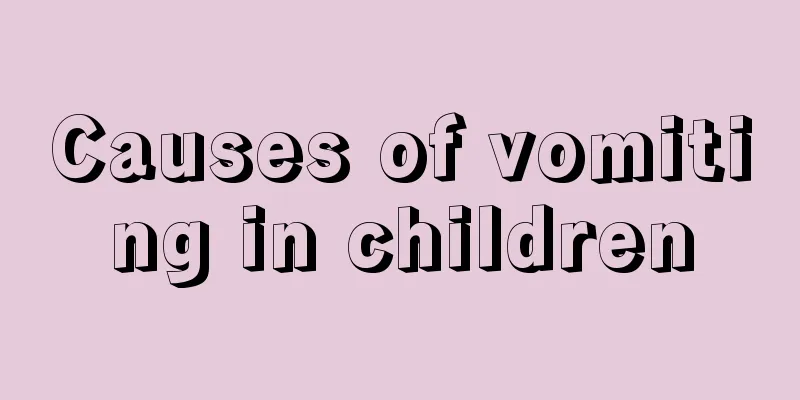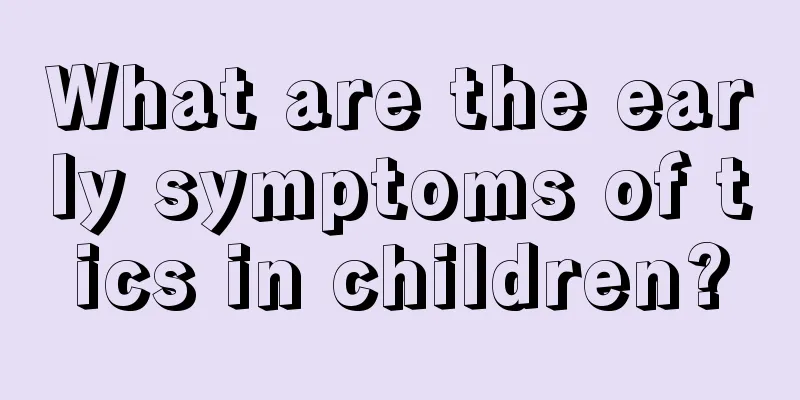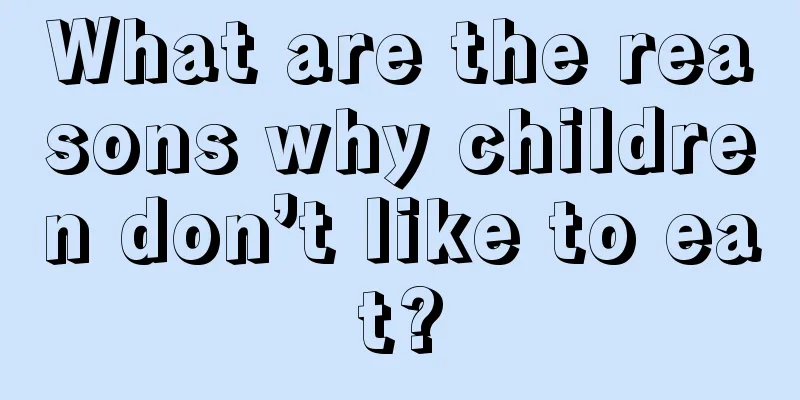What are the standards for children's intellectual development?

|
As a child grows and develops normally, his or her intelligence level is gradually developing. There is a standard for a child's intellectual development. For example, when a child is about one year old, he or she can walk independently and can simply recognize some images in pictures. When a child is about two years old, he or she can go downstairs alternately with both feet and stand on one leg, etc. These standards help to measure whether a child's intelligence is well developed. 1. 13-14 months: Able to walk independently and bend down to pick up things; able to put small objects into small bottles and scribble on paper with a pen. When addressing two adults, the baby will raise his index finger to indicate "1" when an adult asks him how old he is. Recognize objects in pictures or picture books. Being shy or uneasy around strangers. He would use a spoon to scoop rice into his mouth and put a hat on his head. 2. 15-17 months: Able to play while squatting and climb stairs holding the railing. Stack 2 square blocks or chess pieces, turn pages, and scribble with crayons. Can name objects, imitate animal sounds, point out 3-4 body parts, and point out objects in 10 pictures or picture books. They can imitate adults by patting dolls, feeding dolls, etc. He can use his thumb and index finger to pick up food and drink water from a cup by himself. 3. 1.5 to 2 years old: Can walk backwards and take a few steps on tiptoe. Throw the ball with a purpose, make hand movements more accurate, pour water from a bottle into a bowl, and learn to draw vertical lines and circles. Able to speak sentences consisting of 2-3 words. Recognize the color red, recognize relatives in photos, recognize several types of transportation, and know the pronoun "I". He can eat with a spoon, indicate urination and defecation, imitate adults in wiping the table and sweeping the floor, take off his elastic pants, put on socks, and wipe his nose with a handkerchief. 4. 2 to 2.5 years old: He can run, kick a ball, jump with his feet off the ground, walk up the stairs alternately with his feet, and jump down from the last step. Be able to build a tall building using 6 building blocks or chess pieces and learn to draw a circle. Can recite entire nursery rhymes and say his own name and his mother’s name. Can name several kinds of fruits, state the uses of common items, count to 5, name various parts of the body, distinguish between 5 fingers and the palm and back of the hand, and know gender. He started playing with other kids and liked to hide and let others find him. Can wash hands by myself. 5. 2.5 to 3 years old: He can walk down the stairs alternately with both feet, stand on one foot for 10 seconds, and ride a tricycle. Can button, fold paper, string beads, and learn to draw a cross. Can speak sentences of 4-5 words, sing, say "you, he", answer simple questions when listening to stories, and answer antonyms. Count to 3, distinguish up and down, know big and small, recognize shapes such as circle and square, and recognize 3 colors. Clap your hands and beat the drums to the rhythm of the music. He can go to the toilet by himself, put on shoes, shorts and other simple clothes, and remember his home number. |
<<: What should I do if my child’s tonsils are inflamed and swollen?
>>: What causes white spots on a child’s forehead?
Recommend
What are children's self-boundaries?
Children also have their own world, so many paren...
Diagnosis and examination of intestinal malformations in newborns
There are many types of intestinal malformations ...
How to effectively treat constipation in a 3-year-old child?
The digestive function of children's gastroin...
How to teach your 19-month-old baby
Babies are the angels of their parents. Parents a...
What to do if your newborn doesn't urinate
Urination is a common reaction in people's da...
What is the problem with normal foreskin in children?
Many men are certainly familiar with foreskin tha...
8 principles! Scientific weaning for babies
How to safely and successfully wean the baby is a...
Introduction to several dishes that are easy for children to digest
We all know that children have sensitive stomachs...
What is the reason for excessive earwax in children?
Many adults pick their ears when they feel itchy,...
What to do if your baby has a runny nose due to a cold
It is normal for parents to have a baby catch a c...
How to examine and treat cryptorchidism in children?
The occurrence of cryptorchidism in children not ...
The reason why children have red bumps on their body when they have a fever
Every parent is extremely concerned about their c...
What effect does a child's fever of 40 degrees have on the brain?
Some babies have a high fever due to improper car...
What should I do if my child has a hunched back?
In daily life, every parent hopes that their chil...
Can children eat Cordyceps sinensis?
Cordyceps sinensis is a medicine that many people...









